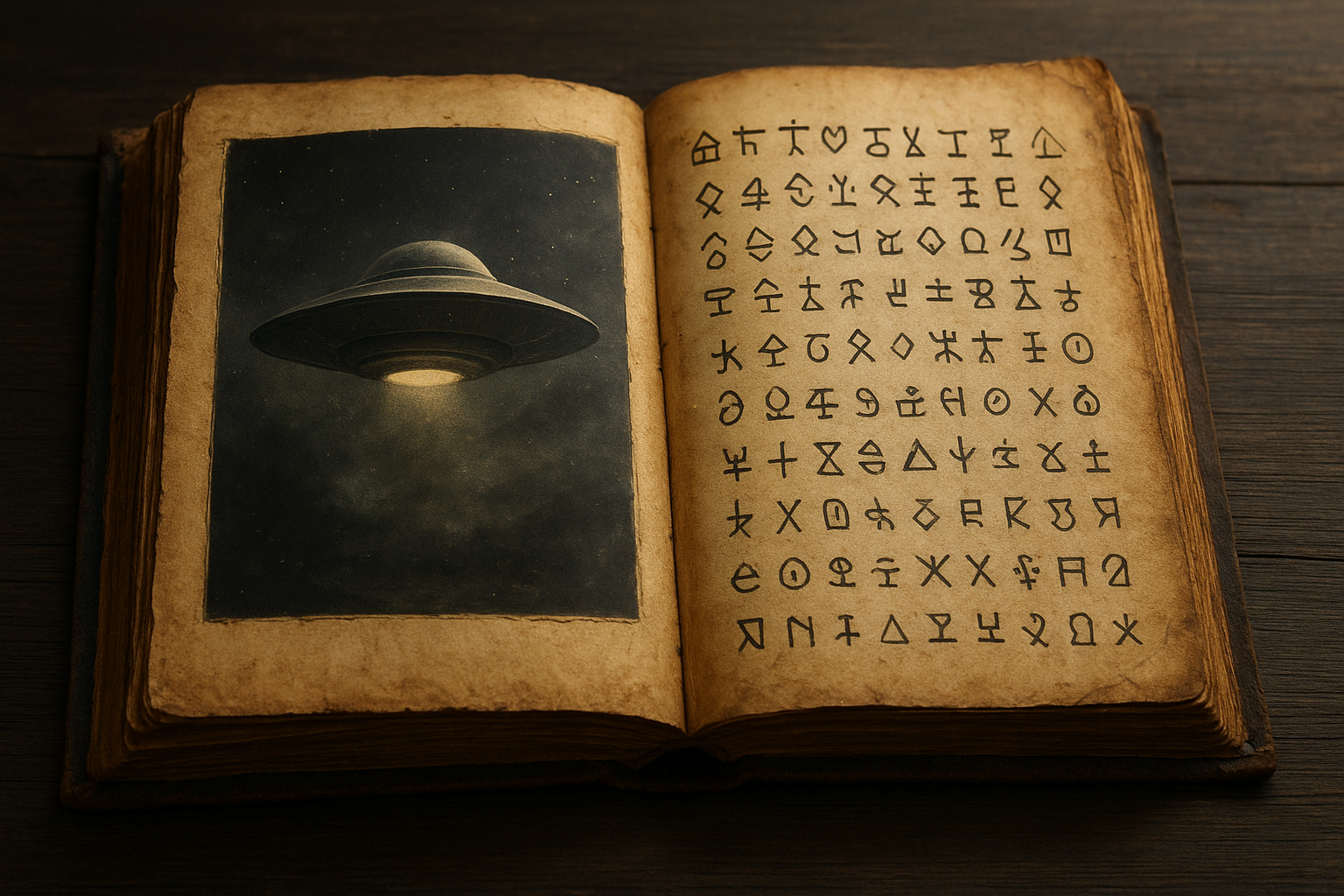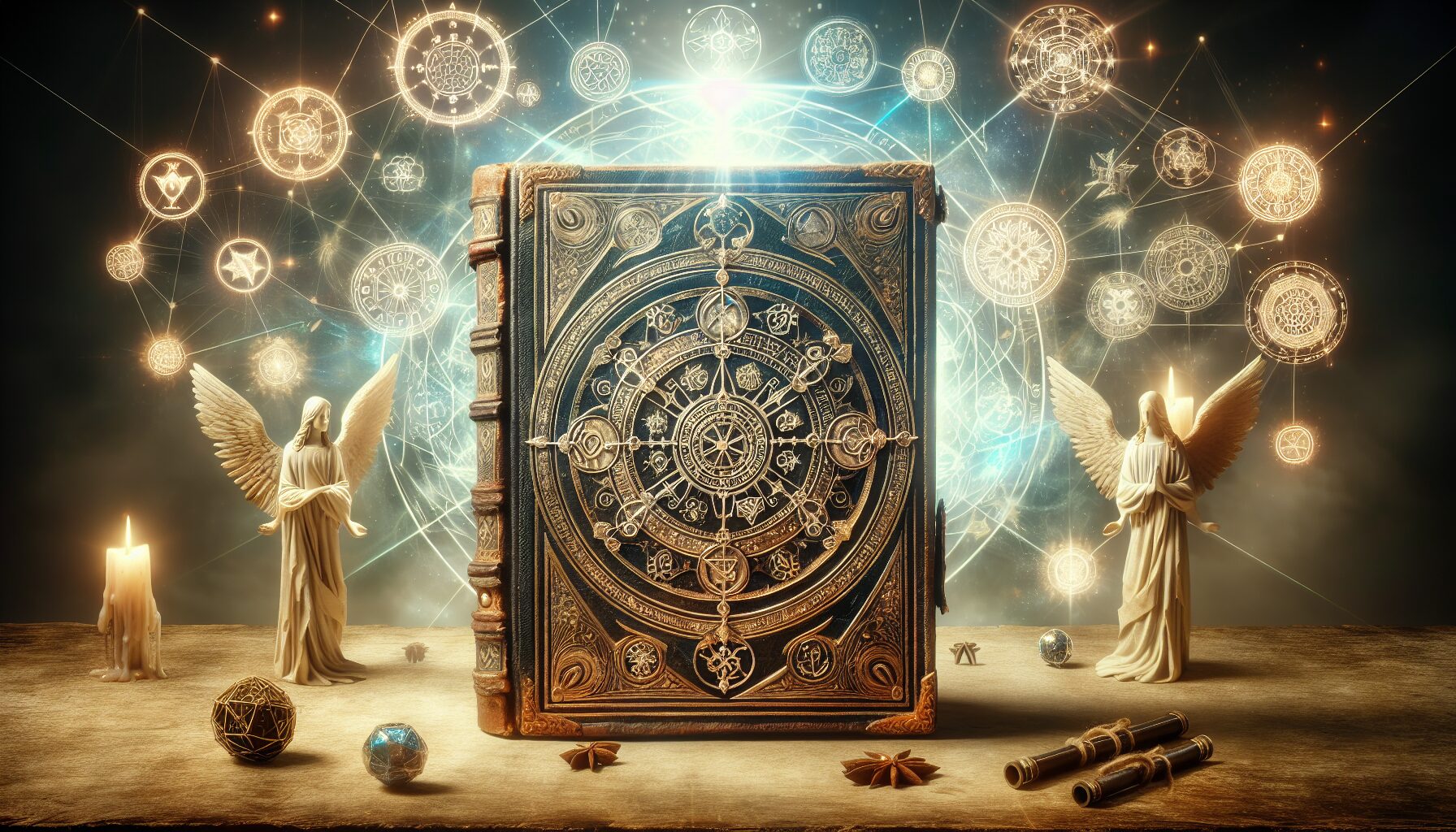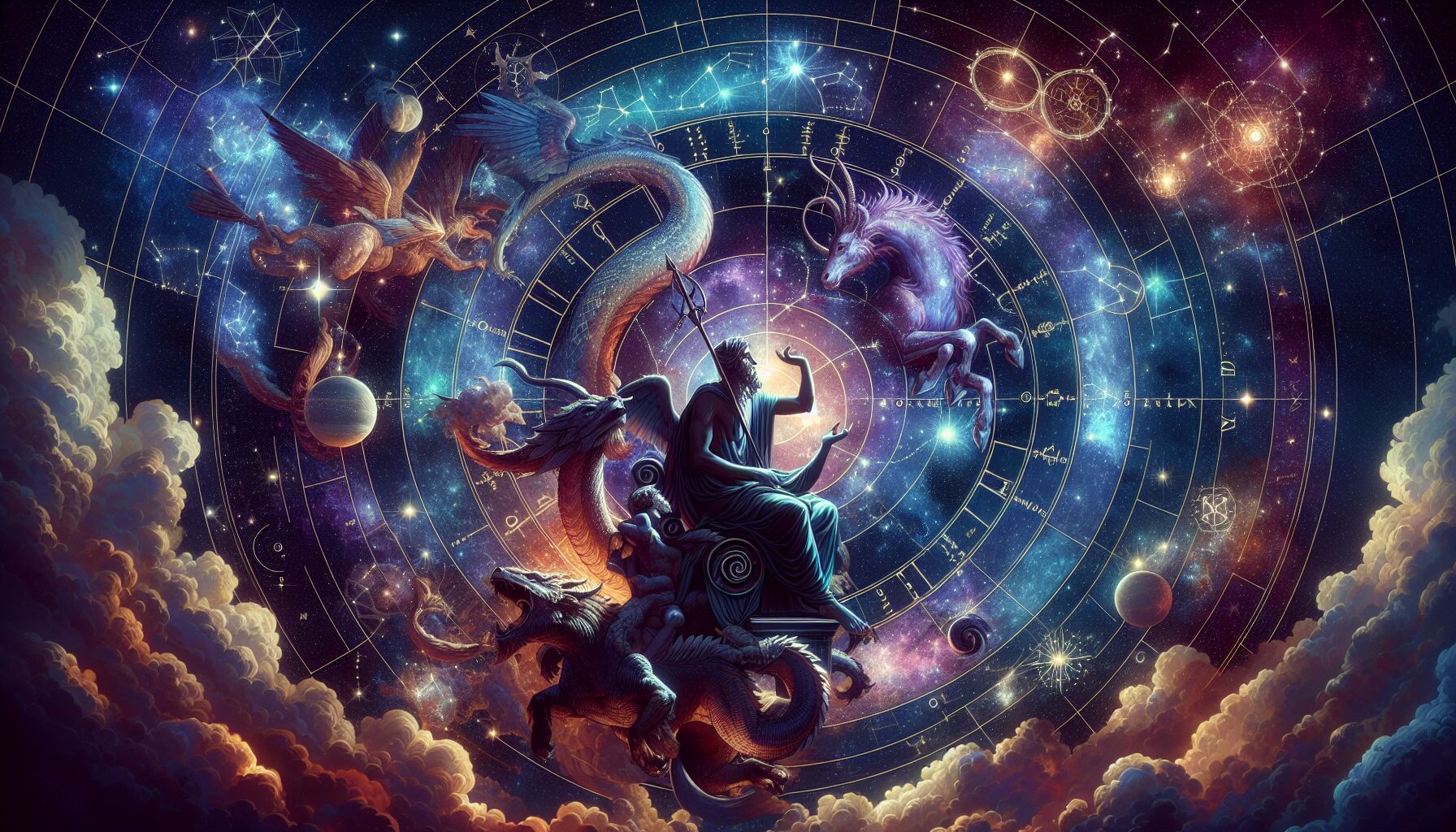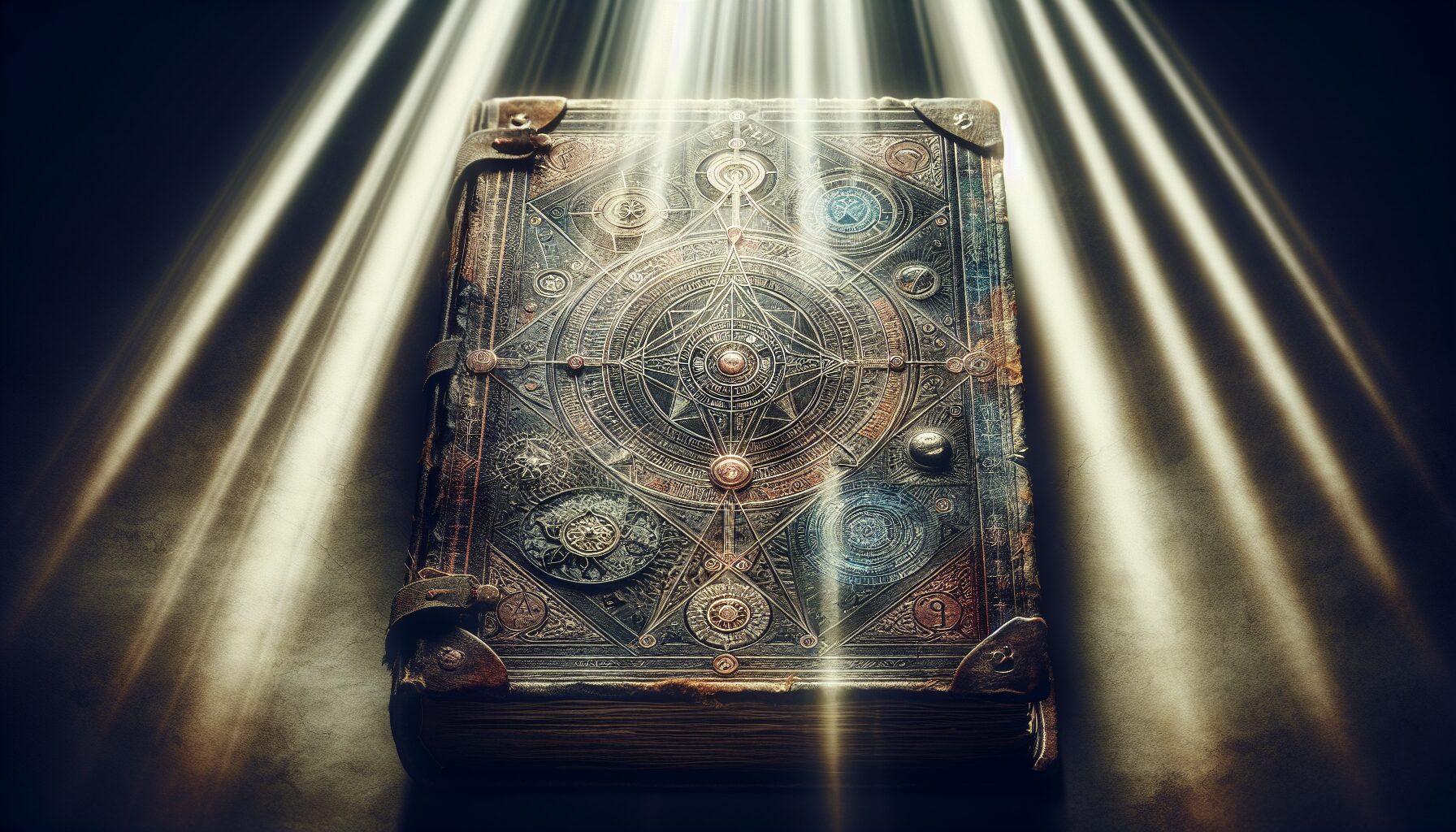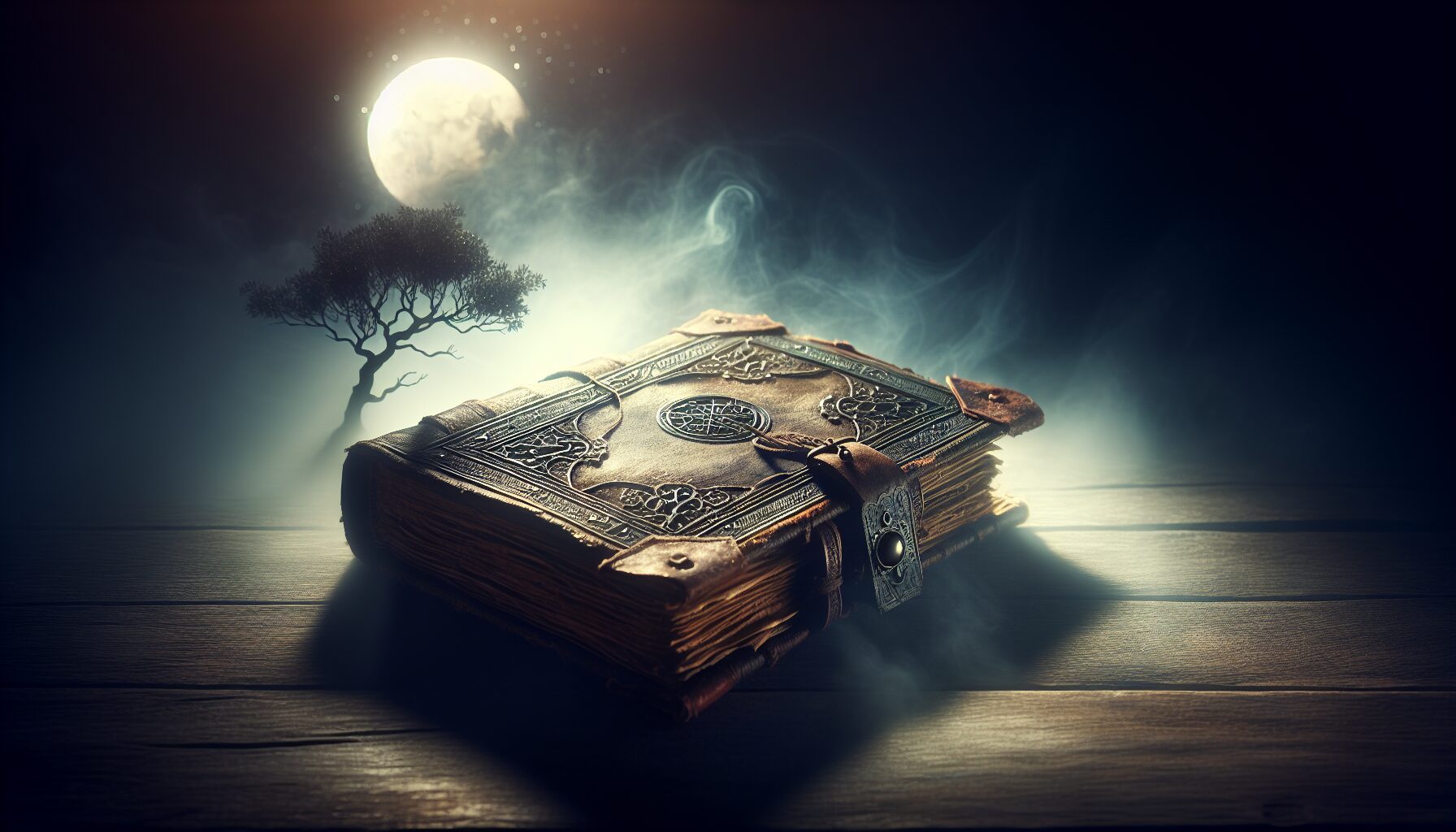UFO Codex: Extraterrestrial Messages Deciphered
For decades, humanity has looked to the stars with wonder, curiosity, and a tinge of apprehension. The allure of the unknown has fueled countless stories of UFO sightings and encounters with beings from other worlds. Now, newfound insights into the UFO Codex promise to unravel some of the deepest mysteries surrounding extraterrestrial communications.
The History of UFO Sightings
Reports of unidentified flying objects (UFOs) date back to ancient times, with art and literature depicting enigmatic objects in the skies. In the modern era, sightings have become more frequent, often accompanied by photographic or video evidence. Notable incidents, such as the Roswell crash in 1947 and the Phoenix Lights in 1997, have captivated the public’s imagination and spurred scientific inquiry.
A pivotal moment came in 2020 when the Pentagon officially verified the authenticity of several UFO videos, leading to increased governmental interest and funding in UFO research. As the world scrutinizes these mysterious phenomena, the focus has shifted to understanding the potential messages they might carry.
Cracking the UFO Codex
The UFO Codex, a term coined by researchers, refers to patterns and signals allegedly present in close encounters and sightings. It suggests that certain events may have communicative intent from otherworldly intelligences. Linguists and cryptographers across the globe have begun analyzing these patterns to break the code.
“We are at a potential turning point in humanity’s search for extraterrestrial life. If we can understand these patterns, we might unlock a new mode of communication,” says Dr. Elena Rodriguez, a leading linguistics expert and cryptographer.
Analyzing Patterns and Signals
At the core of deciphering the UFO Codex is the belief that certain repeated sightings and formations could be messages. Researchers have identified a few key patterns:
- Geometric Configurations: Several sightings include formations of lights or craft that move in precise geometric patterns. Such formations raise the question of intent and direction.
- Hieroglyphic-like Symbols: Witnesses from various encounters have reported seeing symbols, either on the crafts themselves or projected onto surfaces. These symbols bear resemblance to ancient hieroglyphs but remain undeciphered.
- Auditory Signals: Some incidents include reports of strange sounds or broadcasts heard in conjunction with UFO sightings. These signals exhibit characteristics akin to language rather than random noise.
Each of these patterns represents a potential piece of the puzzle in the broader UFO Codex, suggesting intentional communication rather than mere chance.
Collaborative Efforts and Technological Advances
Breaking the UFO Codex is not a task confined to one academic discipline. It requires a symbiotic approach, combining insights from astrophysics, linguistics, cryptography, and even artificial intelligence. Institutions and private organizations are pooling resources to advance this groundbreaking research.
Cutting-edge technologies, such as machine learning and quantum computing, are being employed to process large datasets of reported UFO encounters. By identifying patterns previously invisible to the human eye, researchers hope to distill potential messages:
- Machine Learning Algorithms: Capable of analyzing patterns in visual and auditory data, these algorithms may identify correlations that suggest communication.
- Quantum Computing: With its vast computational power, quantum computing can process complex cryptographic possibilities that might underlie any extraterrestrial code.
The Implications of Decoding Extraterrestrial Messages
The potential rewards of deciphering the UFO Codex are as immense as they are tantalizing. Successfully understanding an extraterrestrial message could lead to:
- Scientific Breakthroughs: Communication with advanced extraterrestrial civilizations could accelerate technological and scientific advancements.
- Cultural and Philosophical Paradigms: Direct contact with alien intelligence would profoundly influence our cultural narratives and philosophical frameworks.
- Diplomatic Initiatives: Humanity might engage in unprecedented diplomacy, suggesting both incredible opportunities and significant ethical challenges.
“Deciphering an extraterrestrial message could be the keystone for humanity’s greatest leap forward—contacting an intelligence far beyond our own,” remarks Professor Samir Patel, a noted astrophysicist, in an interview with Space.com.
The Road Ahead
As researchers delve deeper into the mysteries of the UFO Codex, the world watches with bated breath. The prospect of unraveling communications from out of this world is as daunting as it is exhilarating. What awaits humanity on the other side of this discovery might redefine our very understanding of life and the universe itself.
For now, the scientific community continues its tireless work, driven by the possibility that we are not alone, and somewhere amidst the stars, our cosmic neighbors await a response. The deciphered secrets of the UFO Codex might one day become our shared legacy, bridging worlds across the unknown expanse of space.
